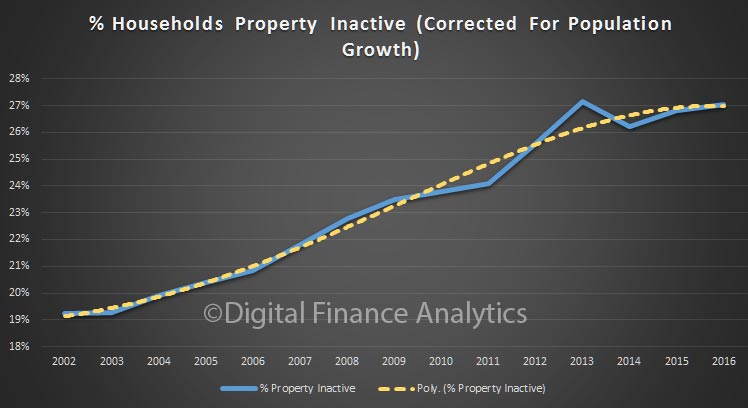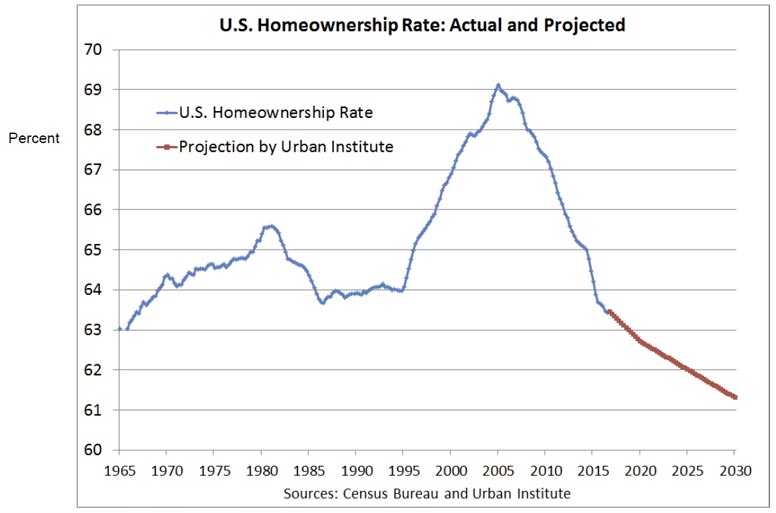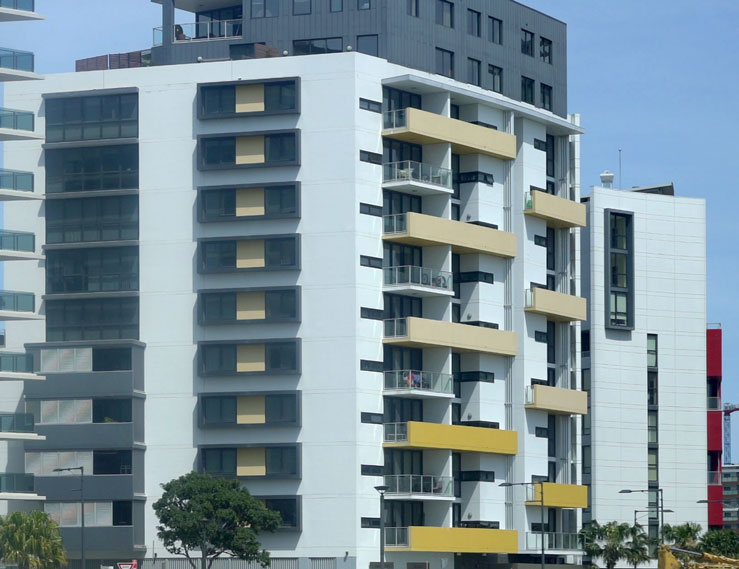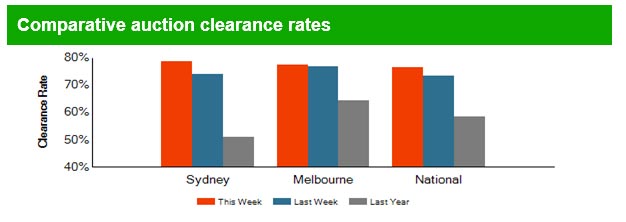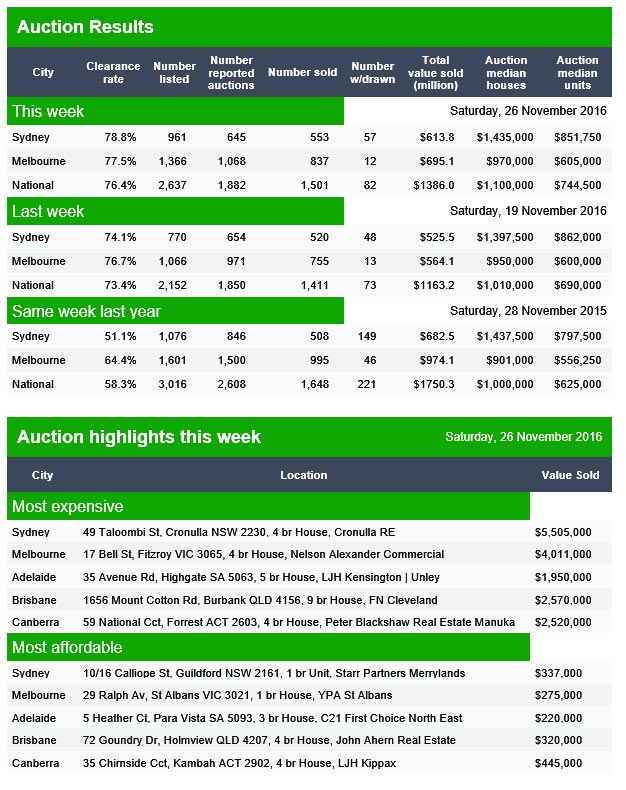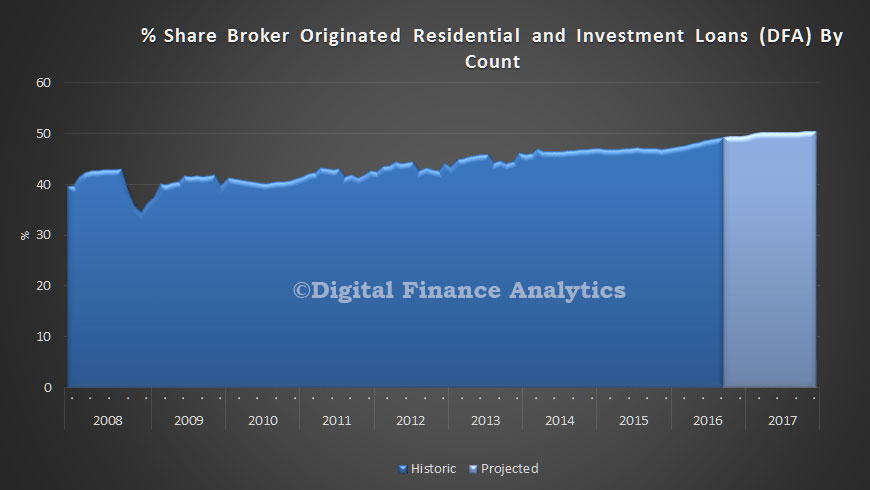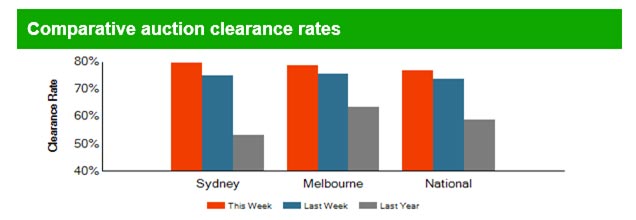The government is proposing changes to the foreign investment framework that will allow a foreign real estate investor to purchase an off-the-plan dwelling when another foreign investor has failed to reach settlement.
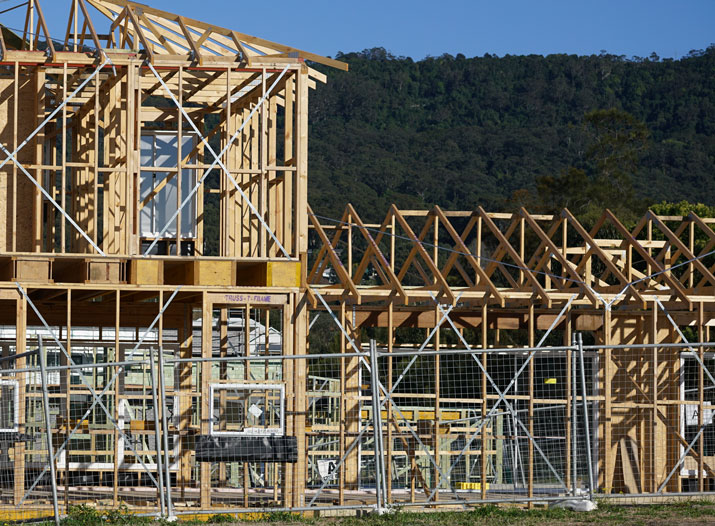
In announcing the changes, Treasurer Scott Morrison deployed a familiar narrative about foreign investment increasing housing supply and making “housing more affordable for more Australians”.
This idea is in keeping with property development lobbyists, who are focused on getting government to release more land to solve the complex long-term housing affordability problem in cities.
However, researchers have debunked this idea before (see here and here). Their conclusion is that government cannot supply its way out of the housing affordability problem in major Australian cities.
The government’s focus on the concerns of the property industry renders invisible a broader set of interested parties and a much more nuanced suite of contributing factors and solutions.
The current foreign investment rules are a blunt set of regulatory tools, held captive to the housing supply and global competitiveness debates.
Not all foreign real estate investors are the same
There are important differences between individual foreign real estate investors, which are regularly conflated in foreign investment policy and the public debate.
In broad terms, there are four investor groups. A class-based distinction defines people from the expanding middle class in countries like China. They are called the new middle class.
A disposable asset distinction, which excludes primary residences, separates the three remaining groups. High net worth individuals have disposable assets that exceed US$1 million. Ultra high net worth individuals have asset holdings in excess of US$30 million. Ultra, ultra high net worth individuals have a minimum of US$50 million in disposable assets in a wealth management fund.
In the absence of fine-grained data about which groups are investing and their differential impacts on cities and housing, the treasurer has opted to protect the development industry rather than the people and places within cities.
A regulatory environment that is sensitive to various investor groups is important in Australia because different investors impact their host cities in diverse ways.
Regulating foreign investors, sales or capital
How foreign capital intersects with local real estate markets depends on on who is investing capital, the properties in which the capital is being invested and the investment vehicles through which the capital is being transferred.
The arrival of foreign capital is not always accompanied by the arrival of new permanent residents for the city. Therefore, the investors interact with local infrastructure and shape housing supply in diverse ways.
There is a big difference between the impacts of new middle class and high net worth investors in cities compared to ultra and ultra, ultra high net worth investment.
Ultra, ultra high net worth individuals can be “free-floating” investors who travel around the world, purchasing real estate in various global cities. Rowland Atkinson argues this group has little allegiance to the host neighbourhoods.
Ultra high net worth investors might move between multiple residences and have attachments to the neighbourhoods their properties are in. The new middle class and high net worth investors might live in, or send their spouse and/or children to live in, the house they have purchased. They often have an allegiance to the cities or neighbourhoods their properties are in.
The personal motivations of foreign investors are important too. They can extend far beyond financial considerations.
 An exhibitor of luxury properties in Spain speaks to a potential investor during the Luxury Property Showcase (LPS) Beijing. Ultra high net worth individuals can shop globally for investment properties. HOW HWEE YOUNG/EPA
An exhibitor of luxury properties in Spain speaks to a potential investor during the Luxury Property Showcase (LPS) Beijing. Ultra high net worth individuals can shop globally for investment properties. HOW HWEE YOUNG/EPA
Foreign investors are motivated by the opportunities that exist in Australia and how these relate to their own migration plans, their children’s education and the financial security that Australian real estate supposedly guarantees.
Therefore, who is investing and their residency status will shape the neighbourhood, city and perhaps even the country into the future.
Neighbourhoods with high concentrations of ultra high net worth investors in London appear to be (or may be) devoid of people. Local businesses in these suburbs have become untenable as local patronage declines.
New middle class and high net worth investors might change the social fabric, educational institutions or employment landscape of a neighbourhood or city through habitation, for good or ill.
International evidence shows that some investors will occupy their property, others place it on the rental market, some buy multi-million-dollar trophy homes, while others increase the housing supply in a neighbourhood of absentee owners and fading businesses.
Therefore, the impact of foreign investors on housing supply is related to the investment practises of each investor, the amount of capital they bring into Australia and how they invest it.
More dynamic foreign investment rules needed
Housing supply and global competitiveness arguments have captured the foreign real estate investment debate. Both are too simplistic and need to be augmented with additional voices, policies and data.
Governments justify their pro-foreign investment and business immigration policies through “financial benefits” arguments in times of prosperity and “economic necessity” arguments in times of hardship.
These top-down narratives position foreign real estate investment as good for the local economy, with secondary benefits such as increasing housing supply and jobs growth through targeted skill migration and business development.
The government needs to understand how foreign investment is shaping cities from the ground up. This includes: how foreign investment impacts people in the local neighbourhoods where these properties are located; how developers change the dwellings they build to suit foreign investors; how changing educational institutions are shaping foreign student investment; and the experience of first homebuyers who are looking for a home in the same property markets.




